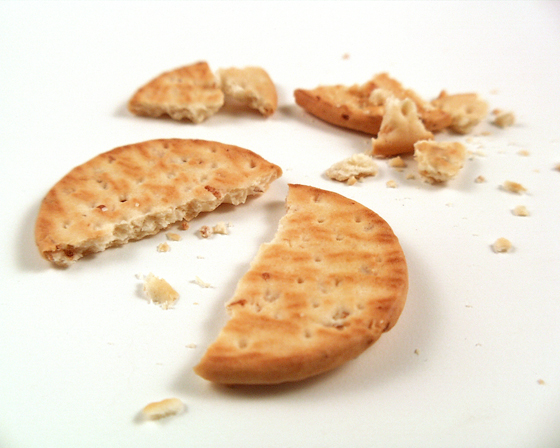This month, I’m blogging about Celiac disease. Because you will inevitably know someone with this autoimmune disease in your lifetime, my hope is to help you understand what it’s all about so that you can be a better friend, father, sister, chef, etc. to that person. If you have celiac disease, or think you might, I hope this information helps you personally. If you don’t, I hope that you will still read along throughout the month to get a better understanding of what I and 3 million others in the United States experience.
When you are diagnosed with celiac disease and have to start eating gluten-free, you are presented with two kitchen options. You can have a shared kitchen where all of your gluten-free foods, condiments, etc. are clearly labeled and set apart, or you can clean out your kitchen and make it completely gluten-free.
I tried to do the shared kitchen thing for about 14 days. It simply stressed me out too much.
As the primary chef in our house, I was faced with these challenges every time I fixed a meal:
-Every time I touched an item with gluten in it, I had to wash my hands before touching my food. My hands were cracked and bleeding by day 3.
-No matter how careful and clean you are, little crumbs of gluten land everywhere. On the counter, in the silverware drawer, on the table. So if I accidentally dropped part of my meal prep on the counter, I had to toss it. Bummer.
-Sometimes I would try to fix a meal with designated gluten and gluten-free hands. My right hand would handle their flour tortilla while my left hand would only touch my corn tortilla. But wait, was my left hand gluten-free or my right hand? Oh shoot, now I need to wash my hands again, and OH MY WORD THIS IS TOO STRESSFUL.
What’s the big deal you ask? Well, take a look at the fingernail on your pinky finger. A crumb smaller than that can make me sick for weeks. Cross-contamination IS a big deal (I’m looking at you Domino’s). While eating out will continue to be a huge challenge (more on that in another post), I at least want to feel safe in my own kitchen.
So, for the love of cooking, I transformed my kitchen into a completely gluten-free zone. My mom came over and we pulled everything out of the pantry, inspected every cooking tool for scratches, wiped and washed every surface. I donated our toaster, older pots and pans, wooden utensils, colanders and sifters. Anything that could be hiding gluten in it’s cracks.
My family has adjusted just fine to eating gluten-free at home. It’s not much different than what they were used to before, and they can eat whatever they want when they are outside of our house. I am thankful for their support.
And I am oh so happy to have peace in my kitchen once again.
If you want to learn more about how to safely set up a shared kitchen, read this post from the Gluten Intolerance Group of East Central Wisconsin.
To learn more about setting up a gluten-free kitchen, check out Six Steps to Get Rid of the Gluten.
So how about you? Do you have a shared kitchen or a gluten-free kitchen?




Great post and info! You’re such an asset in the community 🙂
Thank you Ken! Ditto to you 🙂
Found your site through Recipe Redux and thought I’d stop by to check it out. I subscribed to your feed and can’t wait to see what your next post will be!
I would have paid good money to see the right hand, left hand cooking thing.
I’m sure it looked ridiculous!
[…] side of gluten-free eating. You already know that I enjoy cooking for my family, and now that my kitchen is safely free of gluten, I can keep the tasty meals […]
Hi,
Nice article! Thanks for the shout-out! Believe it or not, once you get used to it, two-handed cooking isn’t bad. Then again…I’m a lefty and because we have to adapt to a right-handed world, often times we are ambidextrous [which I am]. 🙂
Thanks!
Al
Branch Manager
Gluten Intolerance Group of East Central WI